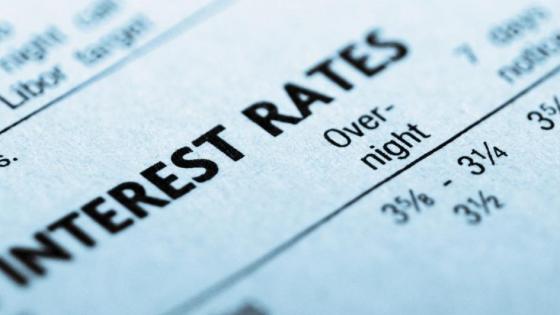Introduction
The relationship between interest rates and private saving has been a subject of considerable debate among economists. Traditionally, the conventional wisdom suggests that higher interest rates encourage private saving as they offer greater returns on savings and discourage consumption. However, there exists an alternative perspective that challenges this conventional view. This article will explore the alternative viewpoint on the interest rate effect on private saving, shedding light on the factors that influence individual saving behavior.
- The Conventional Theory
Before delving into the alternative perspective, it is essential to briefly outline the conventional theory. According to this view, when interest rates rise, individuals are incentivized to save more as the opportunity cost of consuming today increases. Higher interest rates imply greater returns on savings, making it more attractive to postpone consumption and save for the future. Consequently, a positive relationship between interest rates and private saving is presumed to exist.
- The Alternative Perspective
Contrary to the conventional theory, the alternative perspective questions the direct and absolute correlation between interest rates and private saving. Advocates of this viewpoint argue that the interest rate’s impact on private saving is more nuanced and influenced by various other factors.
2.1 Income and Disposable Income
One crucial factor often overlooked by the conventional theory is the influence of income and disposable income on saving behavior. Higher income levels allow individuals to save more, irrespective of interest rates. In contrast, lower-income households may not have significant discretionary funds to save, regardless of how attractive the interest rates might be. Therefore, proponents of the alternative perspective contend that income levels play a substantial role in determining private saving behavior.
2.2 Consumer Confidence and Economic Outlook
Consumer confidence and perceptions of the economic outlook also significantly impact private saving. During periods of economic uncertainty or pessimism, individuals tend to increase their savings as a precautionary measure against potential hardships. Conversely, when economic prospects appear promising, individuals may feel more comfortable reducing their saving and increasing consumption, even if interest rates remain relatively high. This dynamic relationship between saving and consumer sentiment challenges the idea of a straightforward connection between interest rates and private saving.
2.3 Debt Levels
Another factor that the alternative perspective emphasizes is the level of consumer debt. High levels of debt can deter individuals from saving, even when interest rates are attractive. Debt obligations can create financial burdens that limit discretionary funds available for saving. As a result, debt can outweigh the positive effects of higher interest rates on private saving.
2.4 Investment Opportunities
The alternative perspective also considers the role of investment opportunities. When the economy offers favorable investment prospects, individuals may prioritize investing over saving, even in the presence of higher interest rates. This preference for investment can divert funds away from private saving.
Conclusion
In conclusion, while the conventional theory posits a direct and positive relationship between interest rates and private saving, the alternative perspective challenges this notion. It argues that various other factors, such as income levels, consumer confidence, debt levels, and investment opportunities, significantly influence saving behavior. Therefore, it is essential to consider a more nuanced approach when analyzing the interest rate effect on private saving. Policymakers and economists must account for these multiple factors to develop a comprehensive understanding of how interest rates impact individual saving behavior and economic outcomes.
You may also like
-
How Does Plywood HSN Code Decide the GST Rate for Traders and Manufacturers?
-
POS Terminal Type: Which Is Best for Your Business?
-
How to Choose Fixed and Portable Gas Monitors for Industrial Gas Detection?
-
Simplifying Trademark Registration in Hong Kong: What Businesses Need to Know
-
EPR Registration and Annual Returns Explained: Compliance Made Simple for Businesses

